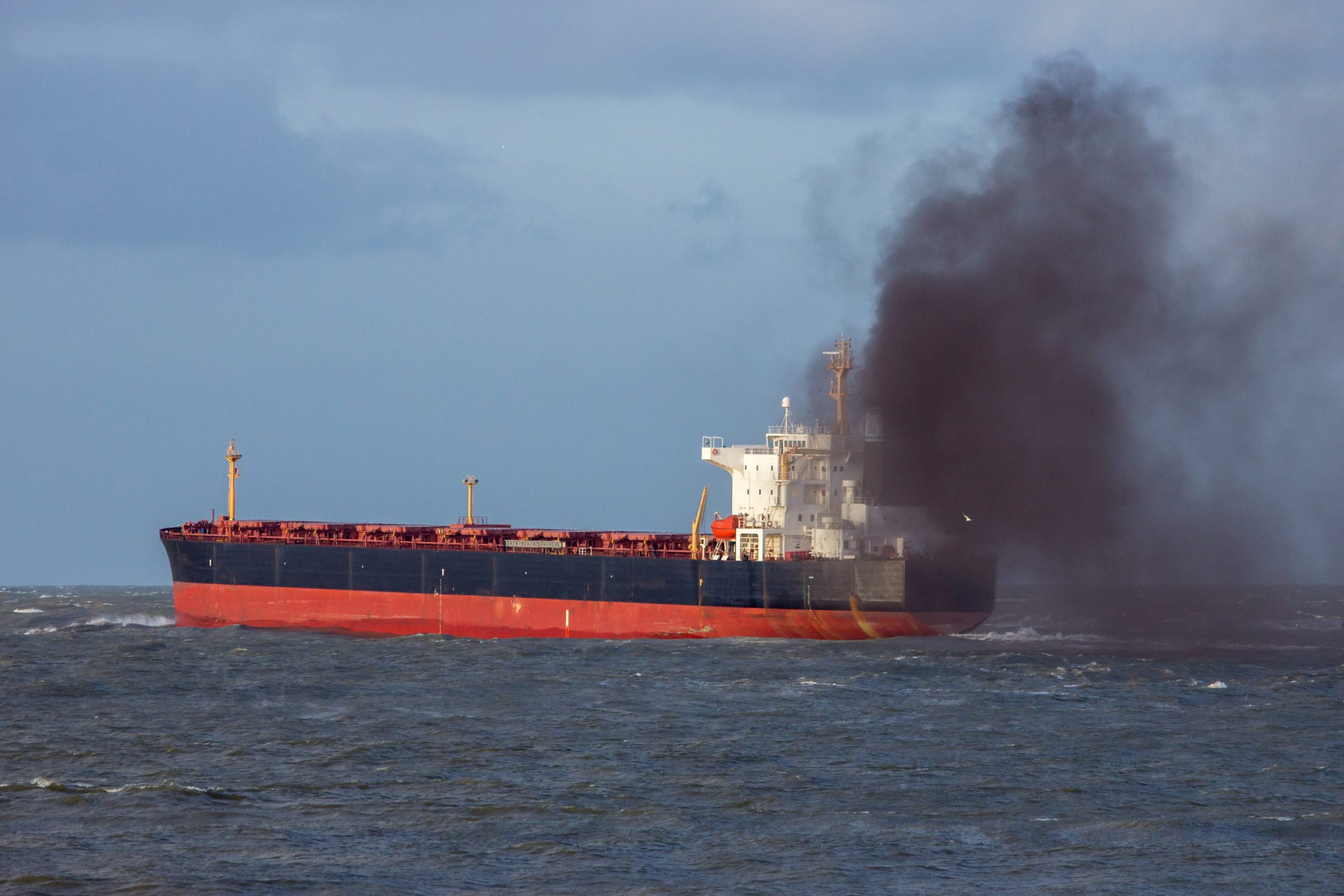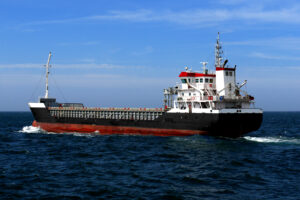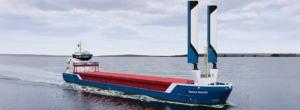The Global Centre for Maritime Decarbonisation (GCMD) and Boston Consulting Group (BCG) conducted an industry-wide survey to take stock of shipowners’ and operators’ progress related to decarbonisation strategy, zero or low-carbon future fuels, shipboard carbon capture technology, energy savings technologies, investment appetites.
128 shipowners and operators worldwide provided their feedback. These respondents collectively represent around 14,000 vessels and amass revenues exceeding US$500 billion across various vessel segments and fleet sizes.
The survey found that decarbonization ambitions are high. Many respondents (73%) view net zero as a strategic priority, and 77% have already set concrete decarbonization targets. The respondents are investing 2% of their revenues into green initiatives, and 87% have personnel working toward green objectives.
However, adoption of these levers remains mixed. While the industry has made some progress in adopting mature and cost-effective efficiency levers, adoption of complex or nascent levers remains low. Drop-in fuels are constrained by costs and supply-side gaps, and optimism for future fuels has yet to translate into firm commitment.
Nearly 60% of respondents are now developing decarbonization roadmaps and three-quarters plan to increase their investments in green initiatives.
The report split up the participants into three major decarbonization archetypes – frontrunners, followers, and conservatives.
The so-called “Frontrunners” are also planning to adopt methanol and ammonia as early as 2026 and 2029, respectively. “They have the greatest decarbonization ambitions and are willing to invest heavily to meet these ambitions. To help Frontrunners meet their expedited adoption timelines, it is critical to start building future fuel infrastructure now,” noted the survey.
On average, they are investing 4% of their total revenue in green initiatives, with 74% planning to increase this investment over the next five years.
They are willing to invest more to retrofit their vessels with efficiency levers and to pay more for green fuels. 41% are also pricing carbon emissions into their business decisions and hence can formulate favorable business cases for sustainable solutions.
However they are bottlenecked by the lack of future fuel supply and bunkering infrastructure, with 38% citing these supply-side gaps as the top challenge to adoption.
In the report it is emphasized the need to equip existing ports to serve more ships, and to mobilize investment at new ports along longer routes.
The so-called “Followers”, as the survey describes them, believe in decarbonizing their fleets, but with tighter investment thresholds and a near-term outlook, they are focused on solutions with immediate and certain value.
From the Followers, the 73% view net zero as a priority; 49% have a net-zero target, and 25% have decarbonization roadmaps.
On average, they allocate 2% of their revenues to green initiatives. They have shorter investment horizons, aiming to recoup their investment 20% faster than Frontrunners, and are willing to spend up to US$3 million per vessel for efficiency retrofits, less than half of the US$7 million of Frontrunners.
They have kept pace with Frontrunners in adopting mature and cost-effective efficiency levers, such as main engine improvements and slow steaming, but are behind in the adoption of levers that are nascent, such as wind propulsion and air lubrication.
On the other hand, the “Conservatives” are still at early stages in their decarbonization journey. They trail “Frontrunners” and “Followers” in adopting mature and cost-effective efficiency levers.
This is likely due to a lack of awareness and familiarity, as the survey notes, cited by almost half (43%) of Conservatives as the top challenge to adopting efficiency levers.
Some 61% view net zero as a priority, with 42% having a net zero target and 14% with decarbonization roadmaps. Only 42% have dedicated sustainability teams, and on average they invest 1% of their revenues into green initiatives.
The survey also focused on methanol, ammonia, and biofuels, as they are expected to form a larger part of shipping’s fuel mix in the medium to long term.
From the report it is clear that 65% of Frontrunners perceive ammonia as promising compared to 36% of Followers and Conservatives.
Frontrunners also see ammonia as having higher potential than methanol, which is a clear difference from Followers and Conservatives.
Meanwhile, Followers are the most optimistic about the long-term potential of biofuels compared to the other archetypes.
More than 90% of Frontrunners have adopted or plan to adopt biofuels, while more than 70% claim the same for methanol and ammonia, and 13% have already adopted methanol.
Meanwhile, Followers and Conservatives are taking a more reserved, wait-and-see approach, particularly with ammonia. A quarter of Followers have started adopting biofuels. Yet compared to Frontrunners, fewer Followers and Conservatives have plans to adopt ammonia (~30%) versus biofuels and methanol (50%–60%).



